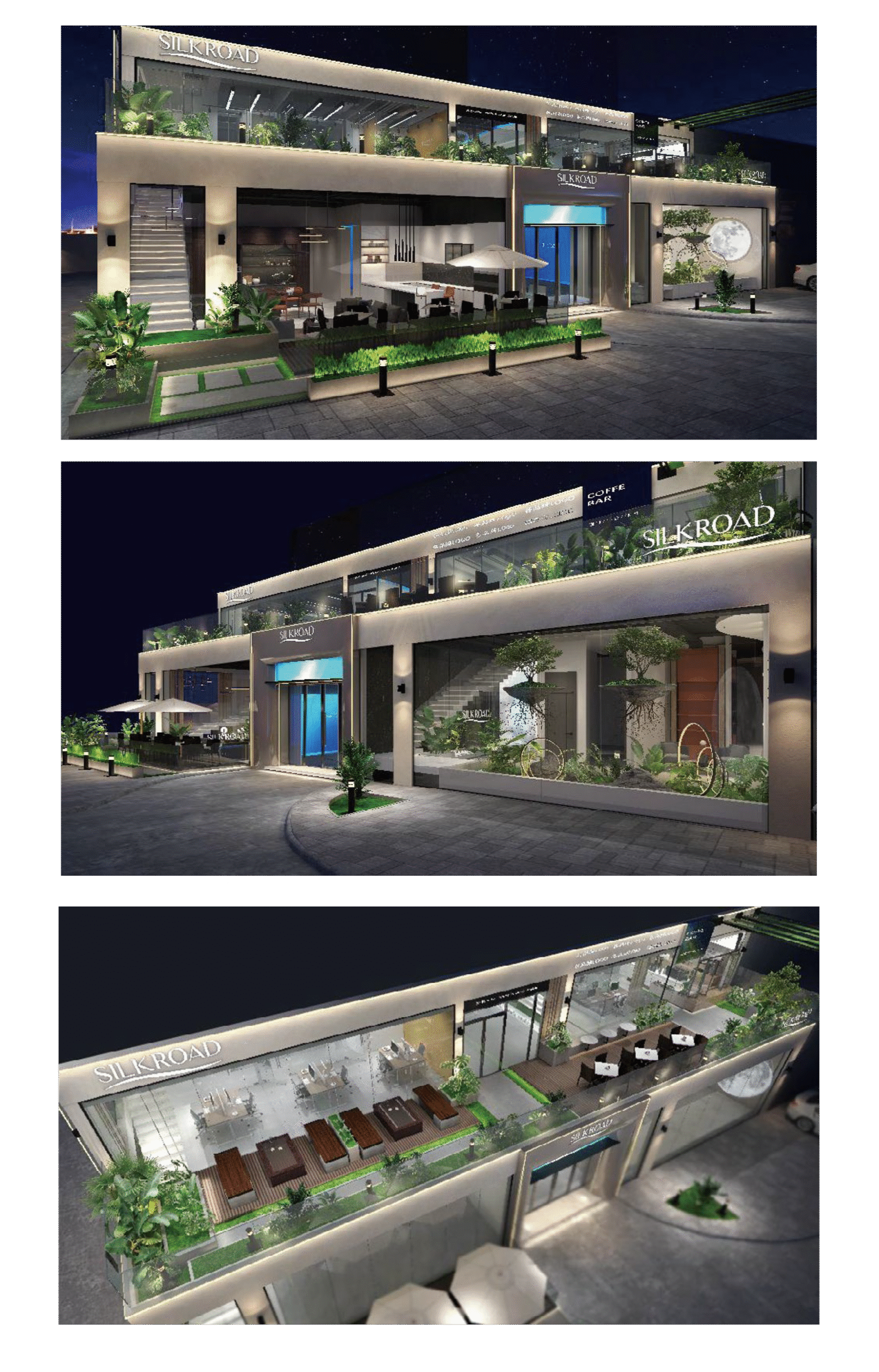Are you starting to build your dream house? Or perhaps constructing a building for your new business?
Whatever your reasons are, you need more than making sure your building faces north for good luck. You also need to know the right type of stone for building construction.
Don’t worry, we’ll give you the top 10 stone types commonly used for building construction below.
I. Stones Commonly Used for Construction

1. Granite
Granite is one of the most used stones for building construction. While not the main stone used for construction now, granite is popular because of its hard, durable qualities.
A deep-seated igneous rock, it has a fine to coarse grain with a crystalline structure. This stone is highly valuable thanks to its crushing strength. Even more so, it can withstand high weathering.
Usually, they cut granite stones into slabs then polished. After that, it can be used for stone facing slabs and floor slabs. The problem with granite is it has poor resistance to fire.
It is perfect, however, to use in building a house given that it is inert to some acidic fluids like curds, vinegar, and lime juice. That makes granite useful for tabletops in the kitchen.

2. Marble
Marble is a metamorphic rock formed when limestone goes through excessive pressure and heat. This stone is naturally hard and compact with a compressive strength of around 70 MPa. Its specific gravity is around 2.65.
Easily cut and carved, marble can be made into varying shapes. Given it also occurs in varying colors such as white and pink, it is popular as a decorative material. Also, marble takes polish well. That’s another reason why you may find it an excellent choice for home design.

3. Quartzite
Another metamorphic stone, quartzite is the result of sandstone after subjected to high temperature and pressure. The main characteristic of this stone is its granular texture and crystalline structure. Quartzite is brittle and hard, which does not make it easily workable.
The crushing strength of quartzite is around 115 MPa. Quartzite is available in various colors such as gray, white, and yellowish. This stone is dense with high resistance to chemical weathering, which also makes it ideal for use in a kitchen.

4. Alabaster
Alabaster is a highly translucent stone. This building material is relatively scarce, which makes its use in construction limited.
It is mostly used in creating small artistic items instead of an entire building. It is, however, combined with other materials that helped to widen its applications.
The primary feature of alabaster is its translucency. Because of this, the stone must only be used indoors. Also, it cannot be used somewhere where it can be rained down or at least must be protected against it. Due to this, the use of alabaster for building construction is limited.
5. Basalt
Basalt is an igneous rock also known as white stones, green stones or blue basalt. This stone is hard and tough, which is both good and bad for construction. This toughness makes it hard to use the rock as easily for whatever purpose.
The compressive strength of basalt is high between 150-190 MPa. The stone’s structure is medium to fine-grained. It is also compact with various color availability. You can find basalt stones in dark gray to black, an aspect that makes it in demand for home design.
6. Limestone
Limestone is a sedimentary rock formed when weathering depositions particles. This stone is mostly made of calcium carbonate. This makes it a soft rock compared to others in this article, so it is easily workable for various building construction.
This stone has a compressive strength of around 55 MPa. It is often mixed with small amounts of alumina and silica along with magnesia. If the magnesia is 10% or more, it becomes magnesian. If the magnesia is more than 45%, limestone is called dolomites.

7. Sandstone
Sandstone is a sedimentary rock consisting of various minerals such as feldspar, quartz, silica, and others. This stone is available in different colors such as brown, grey, white, yellow, red, and dark gray. Its compressive strength is around 65 MPa.
The hardness of this rock is based on how much minerals are in it. That’s why some sandstones are harder than others. It’s also why sandstone is easily workable, making it ideal for various construction projects.
8. Travertine
Also called as lapis Tiburtinus after the Tibur quarry where it’s first acquired, travertine is a widely used building material. It has been used to build numerous historic buildings such as the Colosseum. In China, many cave formations have travertine stones.
Travertine is a sedimentary stone often found in cold and hot mineral springs. The stone is also found naturally occurring in limestone caves.
Technically, it’s a type of limestone formed due to cycles of water leaving calcite and aragonite after it dissolves deposits.
Still, travertine and limestone are different stones in the world of construction, architecture and home design. It is an attractive stone with marble-like and fibrous texture. It comes in lovely earth-tone colors. It is easier to maintain compared to other natural stones.

9. Slate
Slate is a rock formed via a metamorphic process where shale goes through low heat and pressure conditions. It is mostly composed of mica, clay, and quartz minerals. With a fine-grained, foliated structure, slate is brittle and hard.
This stone is mostly available in the color black, but may also be available in greenish-gray, gray, or purplish gray. Since it is foliated, slate can be easily split into slabs by simply following the natural planes of the rock. Its compressive strength is around 75-210 MPa.
10. Onyx
Onyx is a kind of marble, but mostly calcite. Compared to granite, it is much softer. It is also likely to etch or stain. Compared to marbles, onyx is translucent. On that, you will often find it used in construction combined with lighting to show its beauty.
This stone is a high variable with heavy veining. As such, you will never find two pieces of onyx stone that look the same. This quality makes onyx a highly in-demand stone in home and interior design.
On the other hand, it is also much more fragile than other stones.



